Last Updated on November 26, 2025 by Emma Fajcz | Published: December 6, 2019
Got your eye on the wine shelf, but not sure what to grab? This guide will teach you how to read a Portuguese wine label so you can get home faster and pour yourself a glass.
For some people, Portuguese wine is still unknown territory. There are 14 wine regions in Portugal and more than 200 native grape varieties, not to mention unique fortified drinks like Port and moscatel. With all this choice, it’s hard not to feel overwhelmed when you step into a local wine shop or the duty-free on your way home.
If you’re considering buying a bottle of Portuguese wine or want to decipher the one you just ordered at a restaurant, this guide will help make things easier. We’ll tell you all about Portugal’s quality standards and wine regions, with some useful wine vocabulary thrown in here and there. You can thank us later with a glass of wine (we’re not picky).
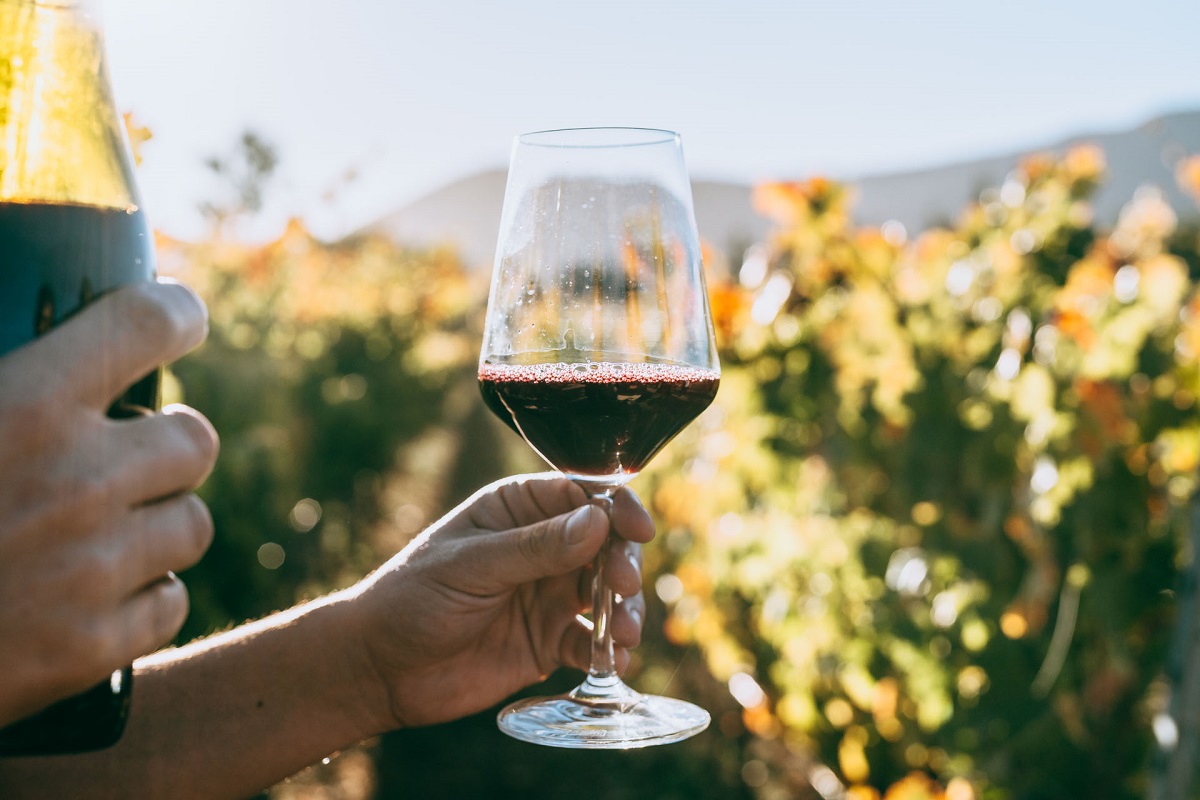
How to read the front of a Portuguese wine label
Portuguese wine bottles may vary in design, shape, and size, but the label is always the most important clue to deciphering what’s inside. If you’re not sure how to read a Portuguese wine label don’t worry, we’ve got you covered.
Below are 6 things you can expect to find on the front label of a Portuguese wine bottle.
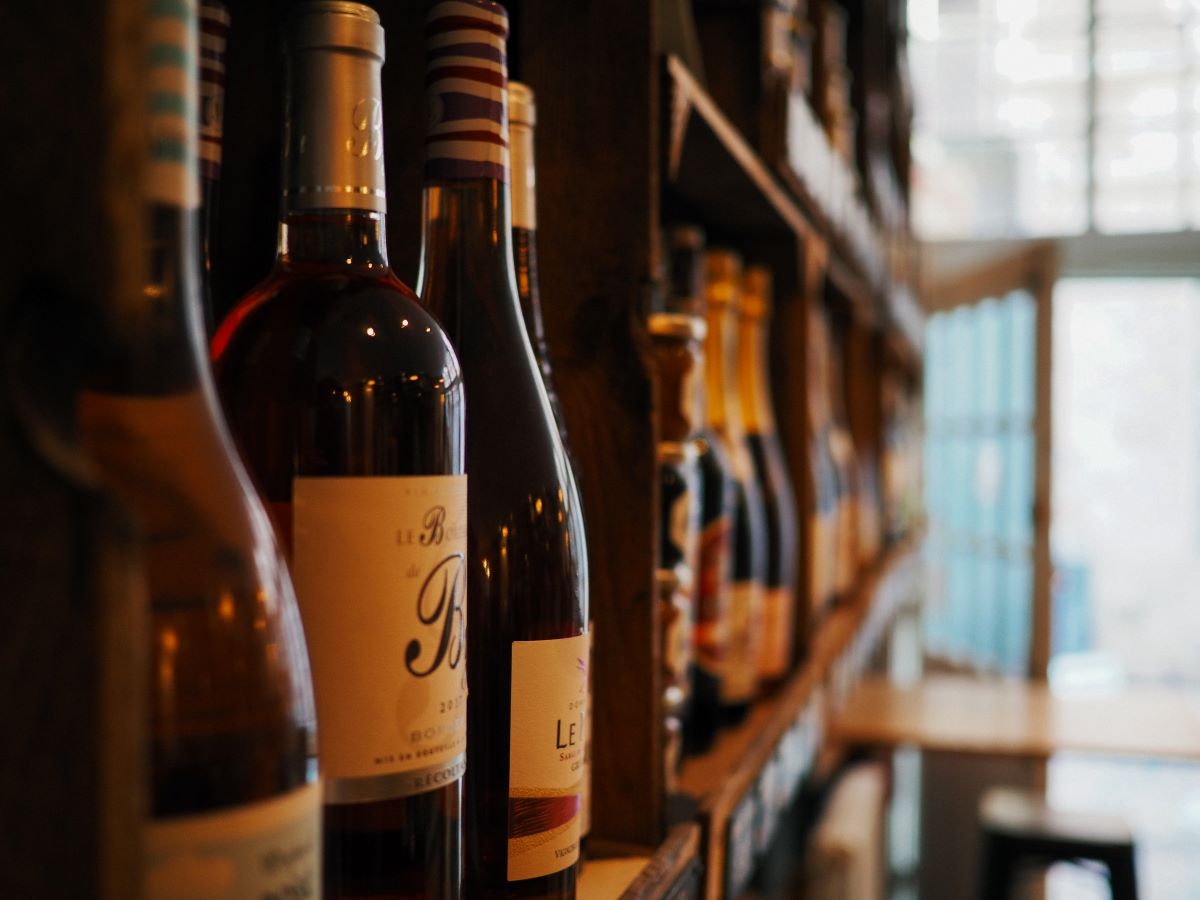
Name of the winery (adega/herdade/quinta)
This is the name of the wine estate or company that produced the wine. It’s usually at the top or bottom of the label and is sometimes followed by its address.
In Portuguese, there are several words for describing a winery. Quinta or herdade is a common name for a rural estate that makes wine. We also use the word adega for both winery and cellar.
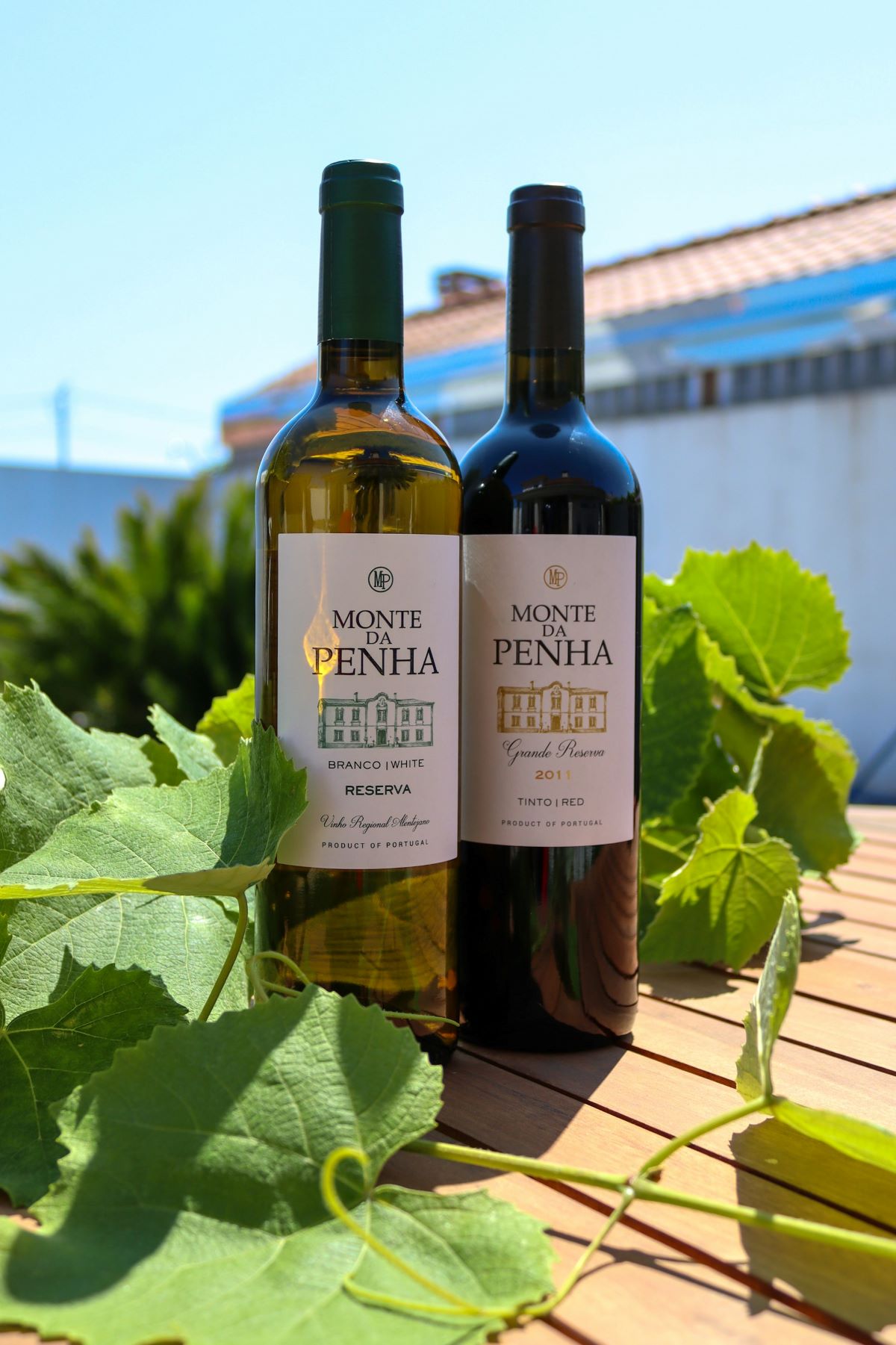
Region of origin (origem)
This shows the region where the grapes came from. It can mention a demarcated wine region such as Alentejo, or a town within it like Évora. It’s one of the most important things to look for on a bottle, as different regions use different grapes.
Every region has a Comissão Vitivinícola Regional (CVR), an organization that’s in charge of controlling wine quality. In a shop, wine bottles are often organized by region. There are 14 different wine regions in Portugal, but here are some of the best ones:
- Vinho Verde – Vinho Verde is both a wine region and a type of wine. It translates as “green wine,” which refers to the fact that it’s young (not its color). The bottles are released 3–6 months after the harvest season and drunk right away.
- Douro – Douro is one of the oldest wine regions in the world. You might know it as the birthplace of Port wine, but it also produces great table wines, as well as moscatel.
- Madeira – Madeira Island is mostly famous for its fortified wine, known as vinho da Madeira. It’s similar to Port wine, but the aging process is different; the barrels are exposed to high heat, which gives it a smoked and nutty aroma. Like Port, it can be enjoyed as an aperitif or with dessert.
- Alentejo – Alentejo is one of the largest regions in Portugal, and its wines are among the best you’ll taste. It encompasses 8 subregions: Évora, Reguengos, Borba, Portalegre, Redondo, Granja-Amareleja, Vidigueira, and Moura. A bottle of wine from here will either bear the name of one of these subregions, or simply Alentejo.
- Dão – This mountainous region produces some of the best red wines in Portugal. You can learn more about it at the Solar do Vinho do Dão in Viseu.
- Setúbal – Just a few miles south of Lisbon is Setúbal, a region known for its fresh fish and delicious moscatel.
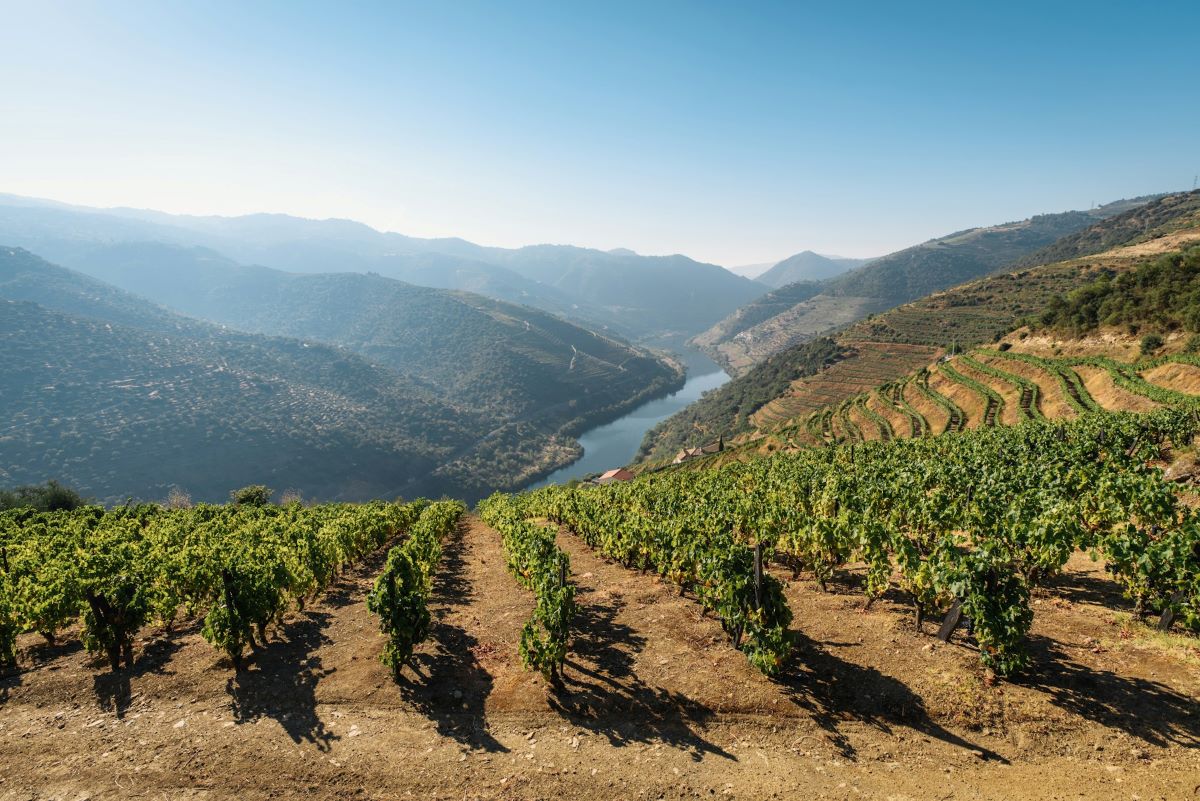
Wine type
Once you choose a region, you’ll need to decide what type of wine (vinho) you’re getting. Below is a list of useful terms to help you make sense of what’s in the bottle.
- Vinho branco – White wine
- Vinho tinto – Red wine
- Vinho rosé – Rosé wine
- Vinho espumante – Sparkling wine
- Vinho natural – Natural wine
- Vinho orgânico – Organic wine
- Vinho biodinâmico – Biodynamic wine
- Bruto – Dry sparkling wine
- Doce – Sweet wine
- Meio-seco – Semi-dry or off-dry wine
- Seco – Dry wine

If you’re getting a bottle of Port wine, you’ll probably see these words as well:
- Cave – The wine cellar for aging wines like Port.
- Branco – Port wine made with white grapes. It has a citrusy flavor and is often less sweet than the average Port.
- Rosé – This type of Port usually tastes of red berries with a hint of caramel.
- Tawny – This variety is aged for at least two years and has a slightly nutty flavor. The age on the label can range from 10 to 40 years, and usually refers to the number of years it’s been in the barrel.
- Ruby – Named after its ruby color, this is usually the most affordable option on the market and is meant to be drunk soon after bottling.
- Vintage – Port wine aged for 2–3 years in a barrel and then in the bottle for a few more years. The best ones are around 20–40 years old.
- LVB (Late Vintage Bottle) – Port wine aged for around 4–6 years in the barrel and then transferred to a bottle.
We can’t talk about Portuguese wine without mentioning Port. Photo credit: Maksym Kaharlytskyi
Vintage (ano)
The year you see on a Portuguese wine bottle refers to the year of the grape harvest, also known as the vintage. If a label says “NV” or “non-vintage,” it means that the wine contains a mix of juice collected from different years. Here are a few useful Portuguese words related to the age of wine:
- Ano de colheita – Harvest year
- Idade – Age
- Vinho velho – Wine aged for at least three years (red) or two years (white and rosé).
- Colheita – Wine made with grapes harvested in the same year, bottled at least 7 years after the date of harvest. You can also find colheita tardia (late harvest), which is a wine made from grapes that were harvested later than usual.
- Reserva – A vintage wine, usually of higher quality, that must be at least 0.5% higher in alcohol than the legal minimum. This term can also be also used to refer to aging: Reserva (aged for at least 12–24 months), Super Reserva (aged for at least 24–36 months), or Velha Reserva/Grande Reserva (aged for more than 36 months).
- Garrafeira – A wine from a single harvest that meets specific requirements; usually the best wine from a given winery. Red wine must be aged for at least two years in the barrel and one year in the bottle. White or rosé must be aged for at least one year in the barrel and 6 months in the bottle. The word garrafeira also means “wine cellar” in Portuguese.
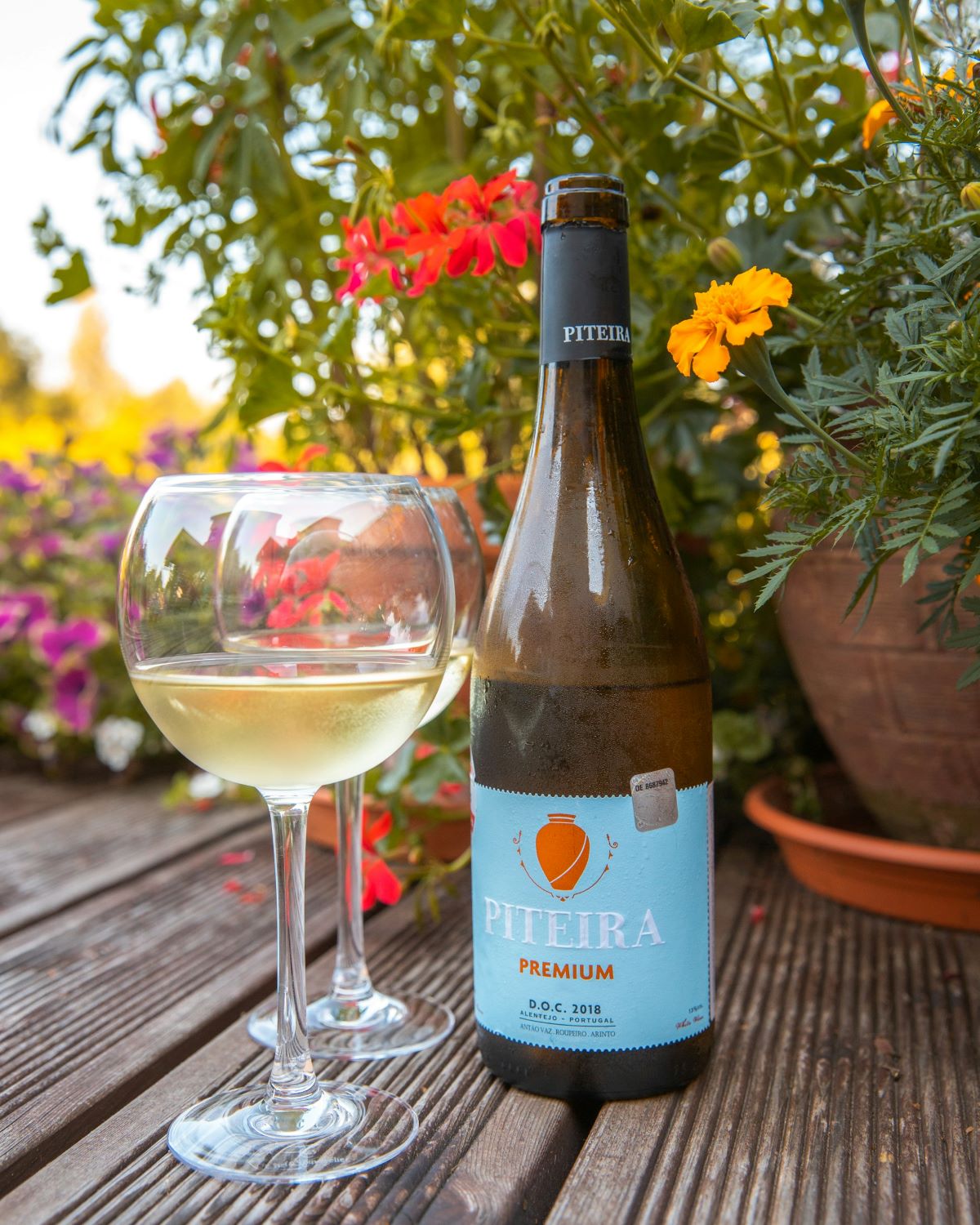
Quality classification
Like many other countries, Portugal has established a system to measure the quality of its wine. These are the main categories:
- Vinho de mesa – Basic table wine; the label often doesn’t specify the region or the grapes used.
- VR (Vinho Regional) – This translates as “regional wine.” It’s slightly better than vinho de mesa but doesn’t follow the same strict rules as an IPR or DOC. It allows winemakers to be a bit more flexible with their process and use international grape varieties if they want to.
- IPR (Indicação de Proveniência Regulamentada) – Wine made in newer regions waiting to get DOC status. This designation appeared in the 90s as an intermediate quality level, but it’s not that common anymore as most wines fall into one of the other categories.
- DOC (Denominação de Origem Controlada) – This is the highest rank for Portuguese wines, equivalent to AOC in France or DOC in Spain. These wines are produced in a specific demarcated region and are subject to strict regulations defined by local wine commissions.
- CVR – Wine produced in a specific region using at least 85% locally grown grapes.
Note: If you don’t see the classification on the front label, it might be on the back.
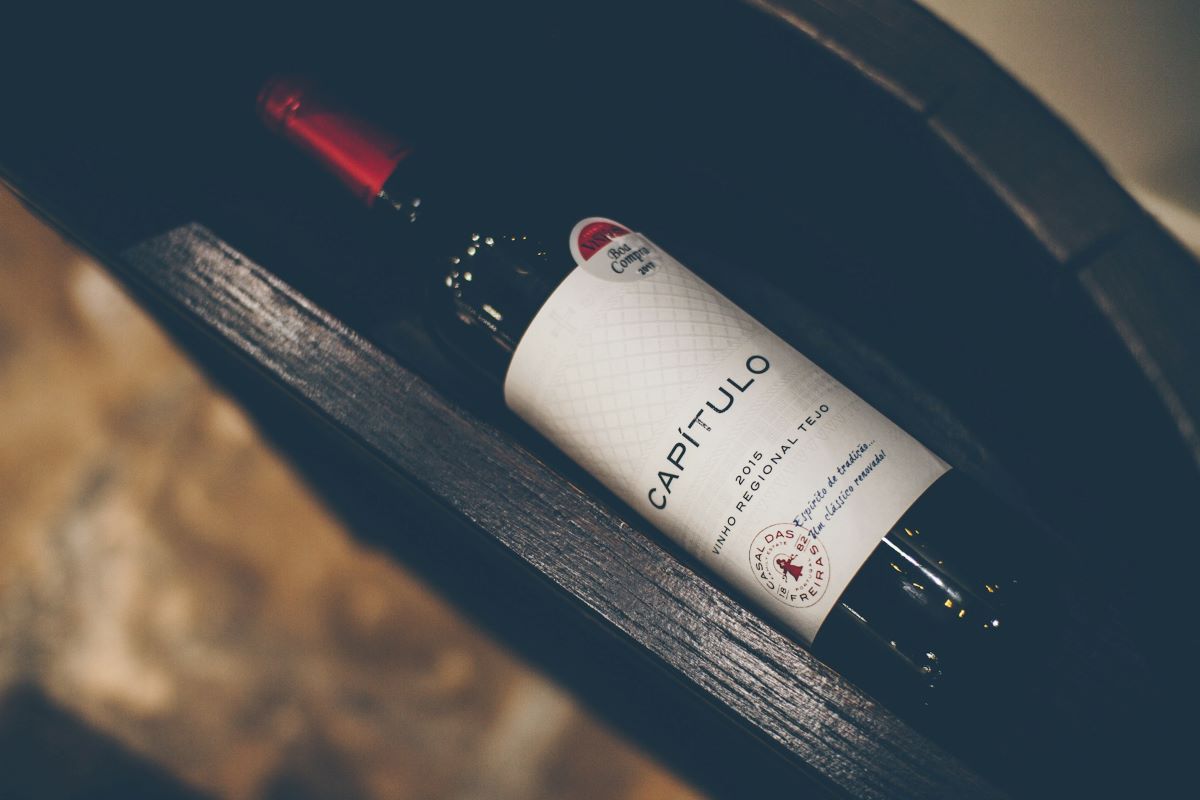
Grape varieties (castas)
This refers to the kind(s) of grape used to make a specific wine. In Portuguese, grape varieties are called castas. If a bottle mentions a grape variety on the front label, it’s because it’s made from at least 85% of that specific grape.
If it doesn’t mention it, it’s probably a blend of different grapes. Here are some of the most common grape varieties in Portugal:
- White grapes: Alvarinho, Antão Vaz, Arinto, Fernão Pires, Encruzado, Loureiro
- Red grapes: Touriga Nacional, Touriga Franca, Tinto Cão, Aragonês, Baga, Syrah (non-native, but very common)
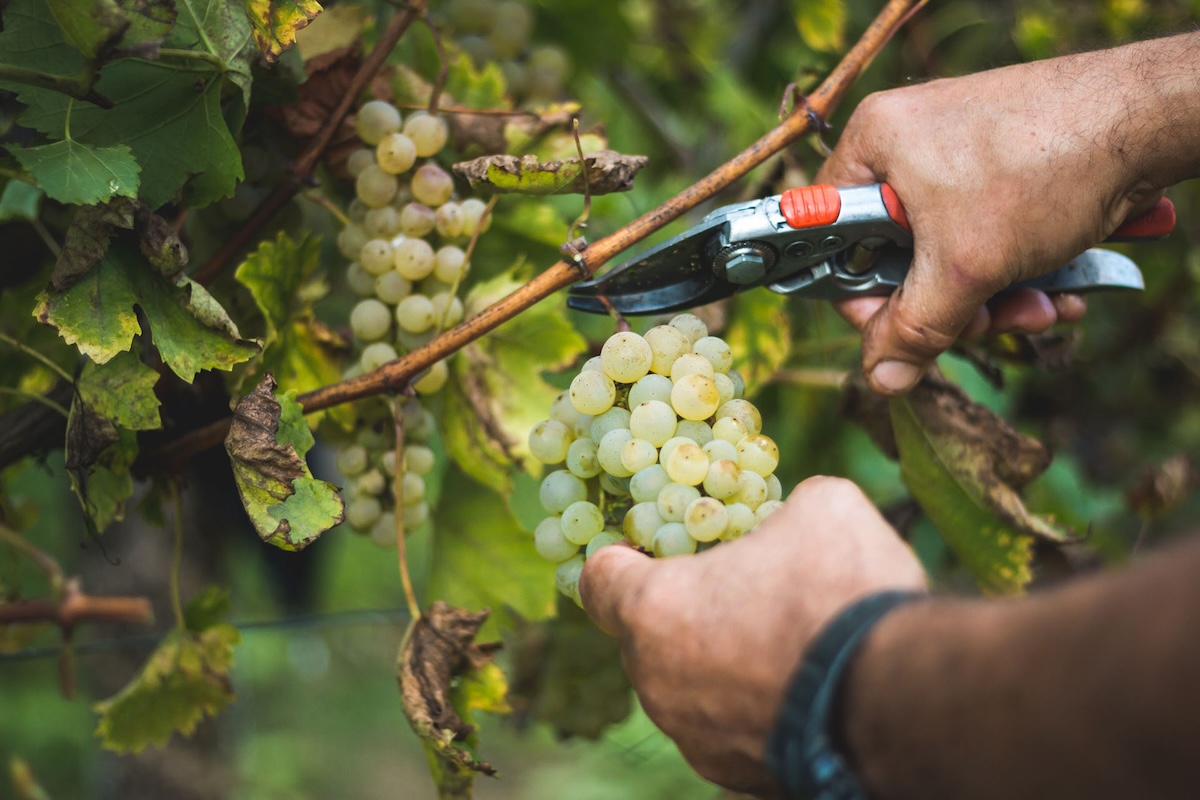
Everything you need to know about how to read the back of a Portuguese wine label
While the front label explains what’s inside the bottle, the back label tells you the story behind the wine. Sometimes this section is only in Portuguese, but many newer bottles include an English translation too.
Every label is different, but here are some of the things you might find:
- A brief history of the winery
- An explanation of the winemaking process, including what grapes were used, how the wine was stored, and for how long
- What the wine tastes like: berries, citrus, caramel, etc.
- The wine’s ideal serving temperature
- What kind of food goes well with it: cheese, seafood, meat, etc.
- How strong it is (most Portuguese wines have around 13% ABV)
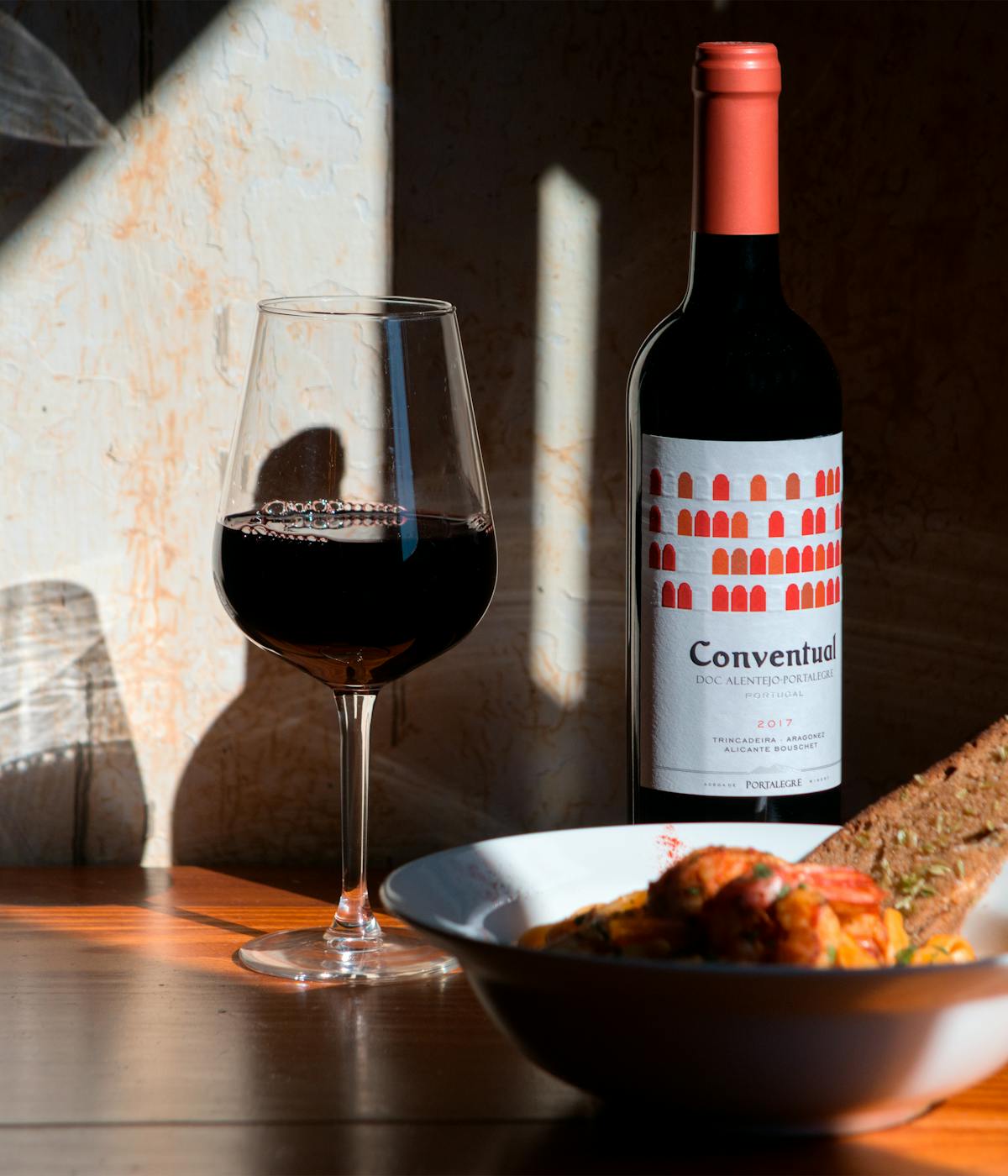

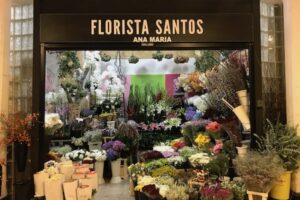
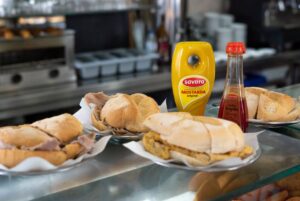






A very good and simple to follow guide. Will use this and other information from this site on my next visit to buy red wine.
Thank you
Mick
Glad we could help, Mick—thanks so much for reading!